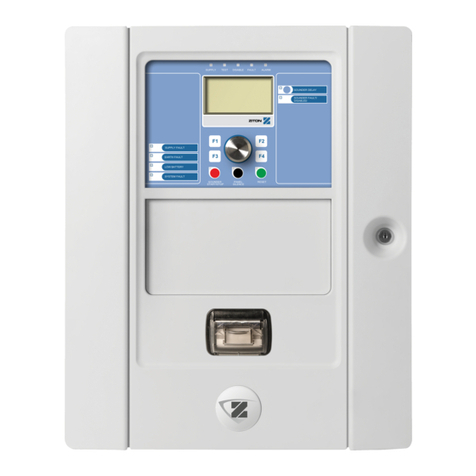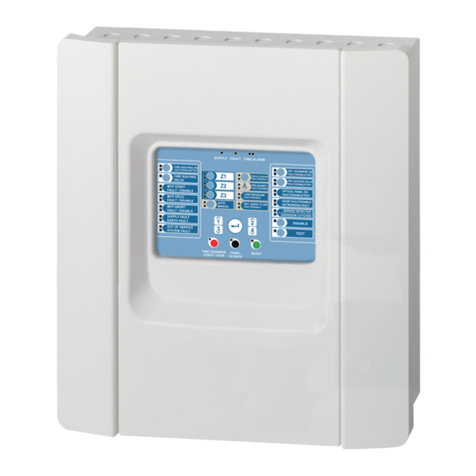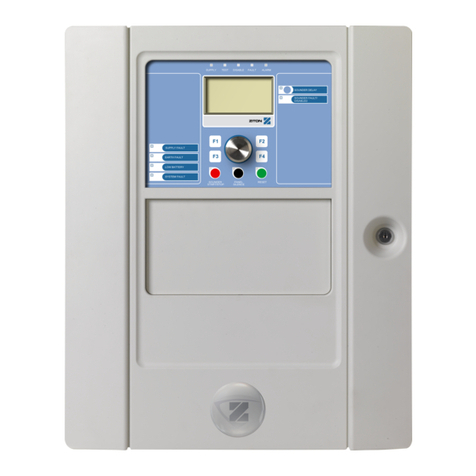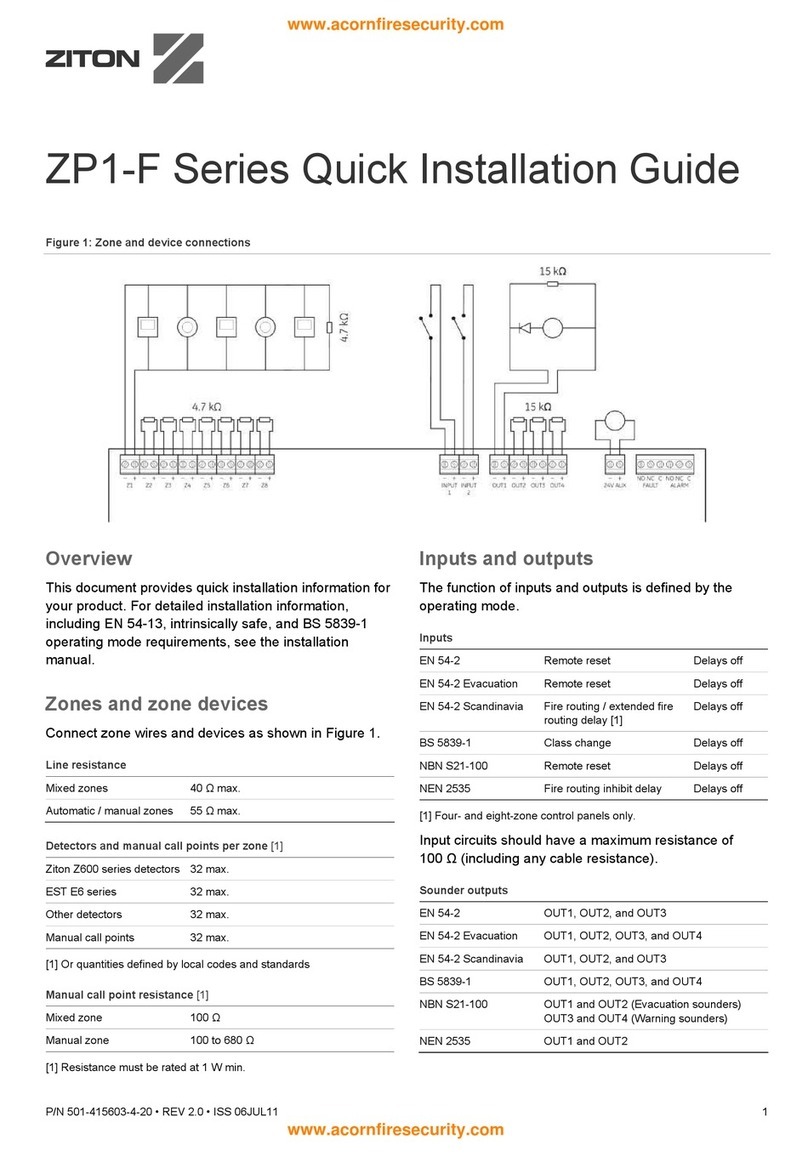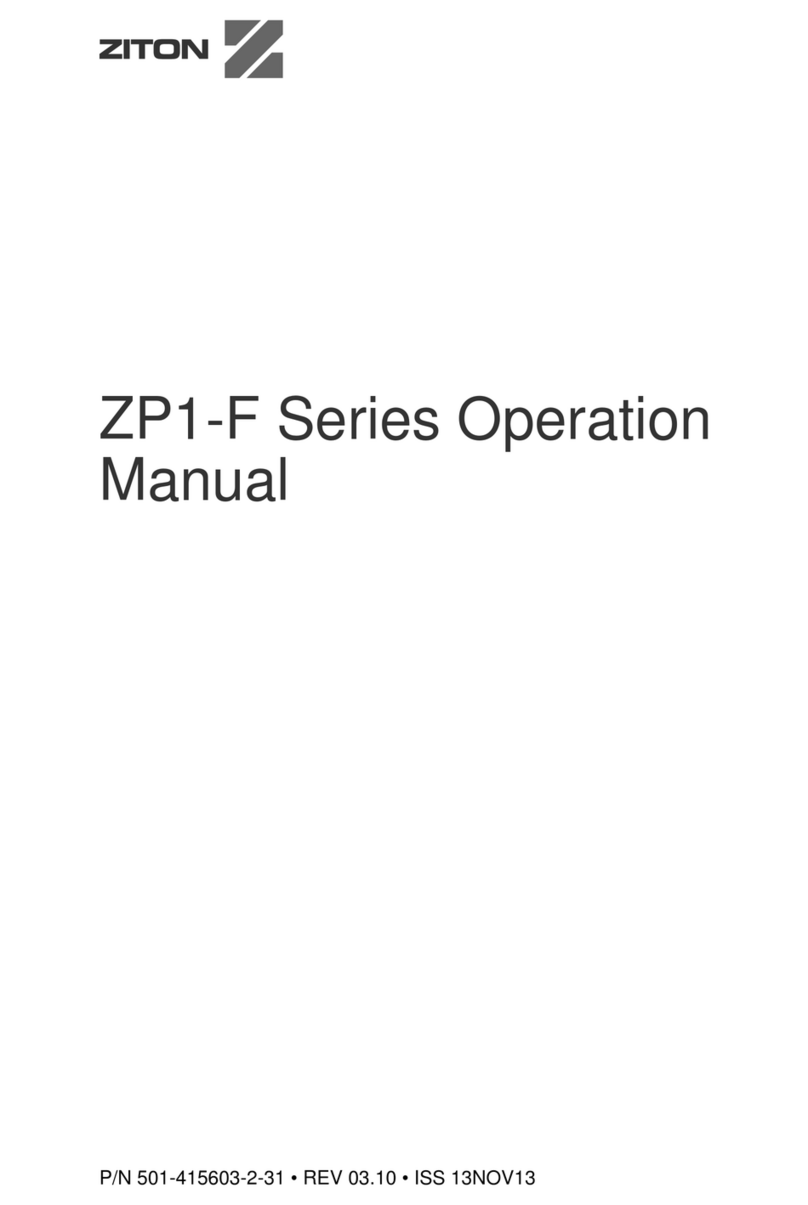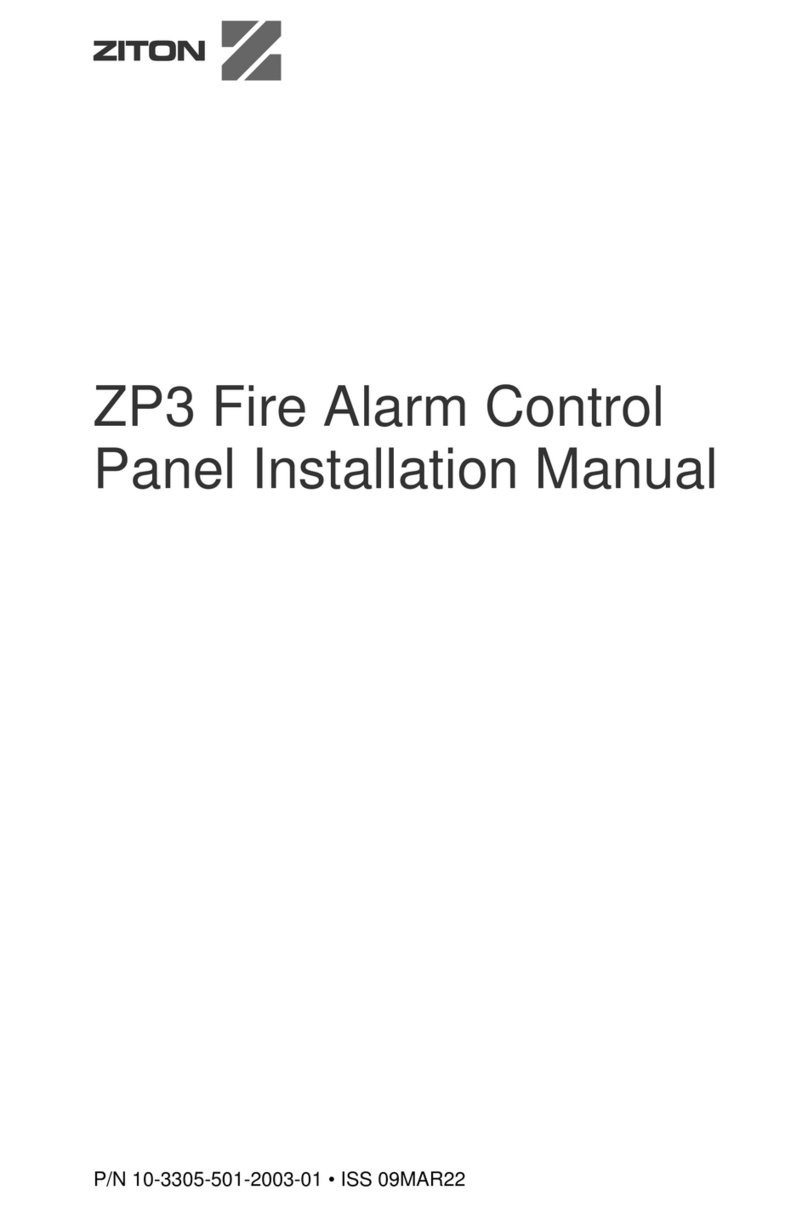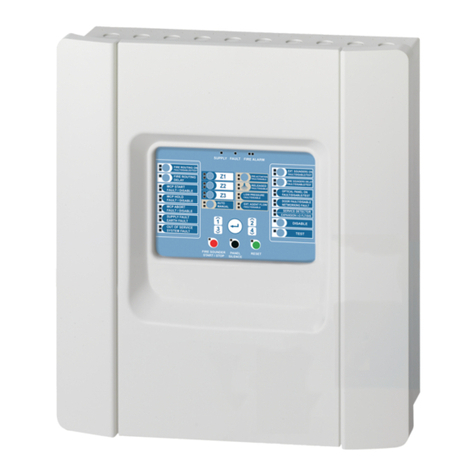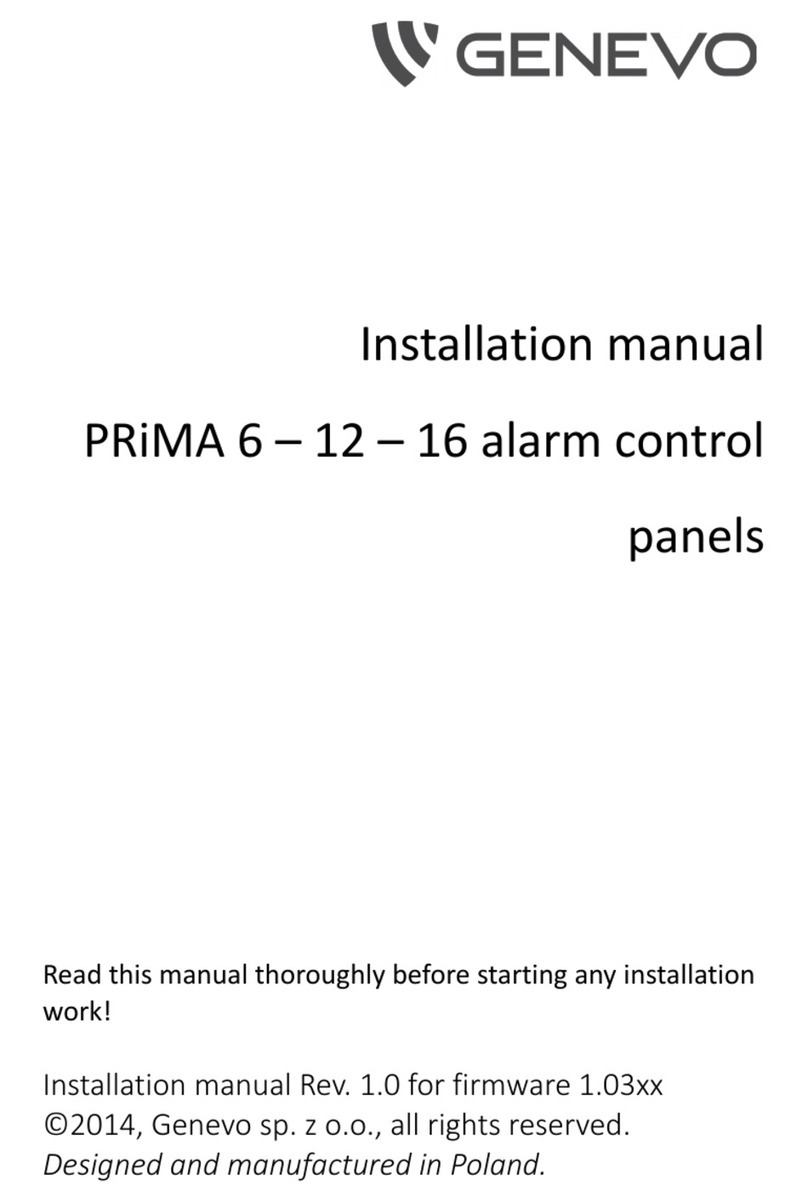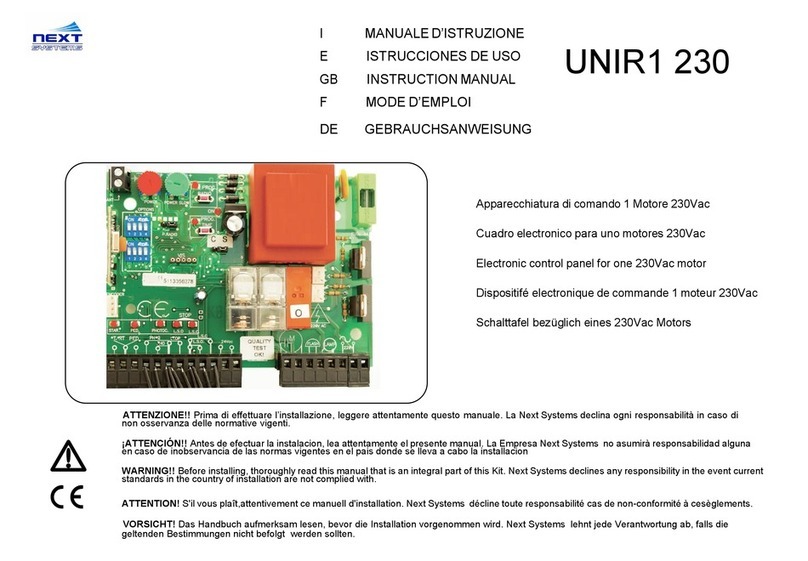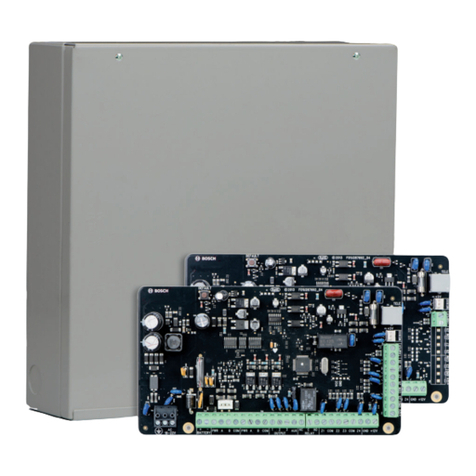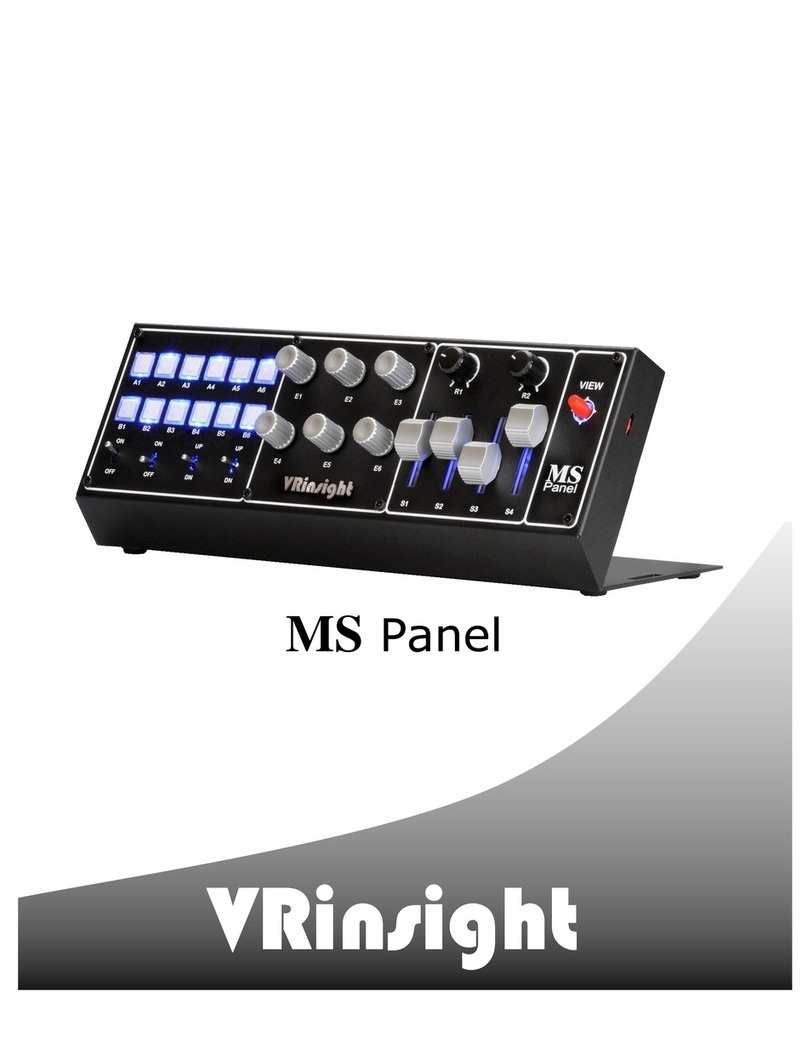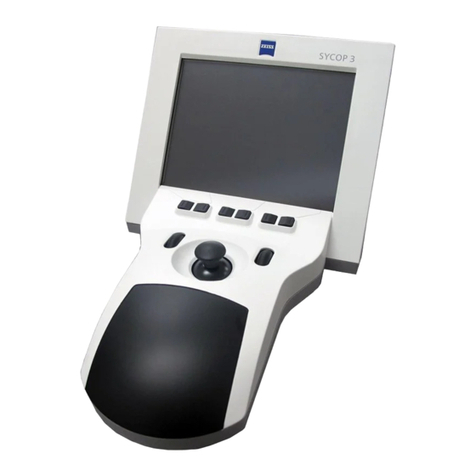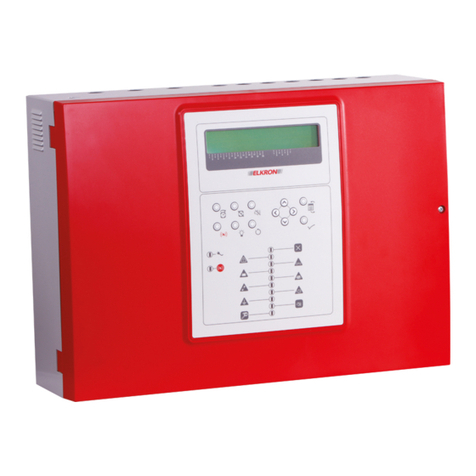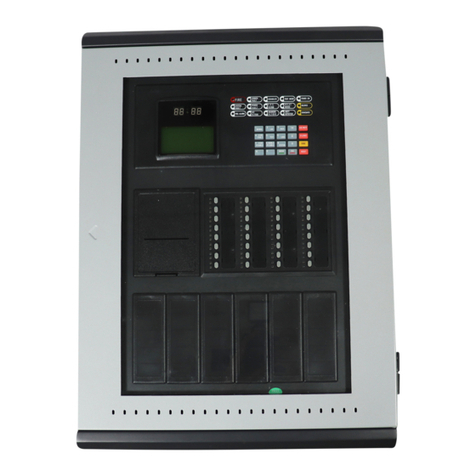
ii ZP1-X3E Series Installation Manual
Important information
This is the installation manual for the ZP1-X3E Series Extinguishing and Fire
Alarm Control Panels. Read these instructions and all related documentation
entirely before operating this product.
Firmware compatibility
Information in this document covers control panels with firmware version 2.0 or
later. This document must not be used as a guide to installation, configuration, or
operation of control panels with an earlier firmware version.
For instructions on how to check the firmware version of your control panel, see
“Configuration, software, and PCB identification” on page 61.
Limitation of liability
To the maximum extent permitted by applicable law, in no event will Carrier be
liable for any lost profits or business opportunities, loss of use, business
interruption, loss of data, or any other indirect, special, incidental, or
consequential damages under any theory of liability, whether based in contract,
tort, negligence, product liability, or otherwise. Because some jurisdictions do not
allow the exclusion or limitation of liability for consequential or incidental
damages the preceding limitation may not apply to you. In any event the total
liability of Carrier shall not exceed the purchase price of the product. The
foregoing limitation will apply to the maximum extent permitted by applicable law,
regardless of whether Carrier has been advised of the possibility of such
damages and regardless of whether any remedy fails of its essential purpose.
Installation in accordance with this manual, applicable codes, and the instructions
of the authority having jurisdiction is mandatory.
While every precaution has been taken during the preparation of this manual to
ensure the accuracy of its contents, Carrier assumes no responsibility for errors
or omissions.
